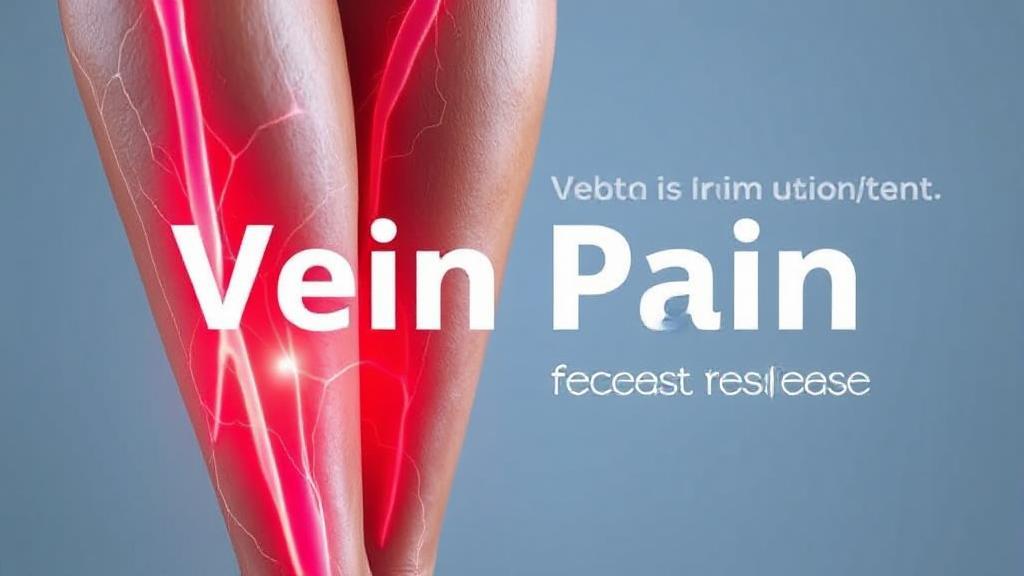Understanding Vein Pain
Vein pain is a common condition affecting millions worldwide, often manifesting as discomfort or aching in the legs. While some cases are minor and temporary, others may indicate more serious underlying conditions that require medical attention.
Common Causes of Vein Pain
-
Varicose Veins: These enlarged, twisted veins typically appear in the legs when valves malfunction, causing blood to pool. Symptoms include:
- Aching or heavy feeling
- Burning sensation
- Muscle cramping
- Swelling
- Itching around affected veins
-
Deep Vein Thrombosis (DVT): A serious condition where blood clots form in deep veins, usually in the legs. Symptoms include:
- Swelling in affected area
- Pain or tenderness
- Warm skin over the affected area
- Redness or discoloration
-
Chronic Venous Insufficiency: Occurs when vein walls or valves don't work effectively, making it difficult for blood to return to the heart.
-
Genetic and Lifestyle Factors:
- Family history
- Age (over 50)
- Obesity
- Pregnancy
- Extended periods of sitting or standing
- Smoking
- Lack of physical activity
Recognizing the Symptoms
- Aching or Throbbing: Persistent discomfort, especially after prolonged standing or sitting
- Swelling: Particularly in legs, ankles, or feet
- Heaviness: Fatigue in the legs
- Skin Changes: Discoloration, dryness, or itchiness
- Visible Veins: Bulging or twisted veins under the skin
- Cramping: Muscle cramps or spasms in legs or feet
Treatment Options
Lifestyle Modifications
- Regular exercise (walking, swimming, cycling)
- Maintaining a healthy weight
- Elevating legs above heart level
- Proper hydration
- Stress reduction
- Adequate sleep
Medical Treatments
-
Non-invasive Options:
- Compression therapy
- Medications for pain and inflammation
- Sclerotherapy
- External laser treatment
-
Surgical Options:
- Endovenous laser treatment (EVLT)
- Radiofrequency ablation
- Vein stripping
- Ambulatory phlebectomy
Natural Remedies
- Herbal supplements (horse chestnut, butcher's broom, grape seed extract)
- Essential oils (peppermint, eucalyptus, lavender)
- Dietary changes rich in fruits, vegetables, and whole grains
Prevention Tips
At Work:
At Home:
When to Seek Medical Attention
Seek immediate medical care if you experience:
- Severe swelling in one or both legs
- Chest pain
- Difficulty breathing
- Sudden onset of pain with warmth and redness
For more detailed information, consider visiting resources like the American Heart Association, Society for Vascular Surgery, or consulting a vascular specialist.
